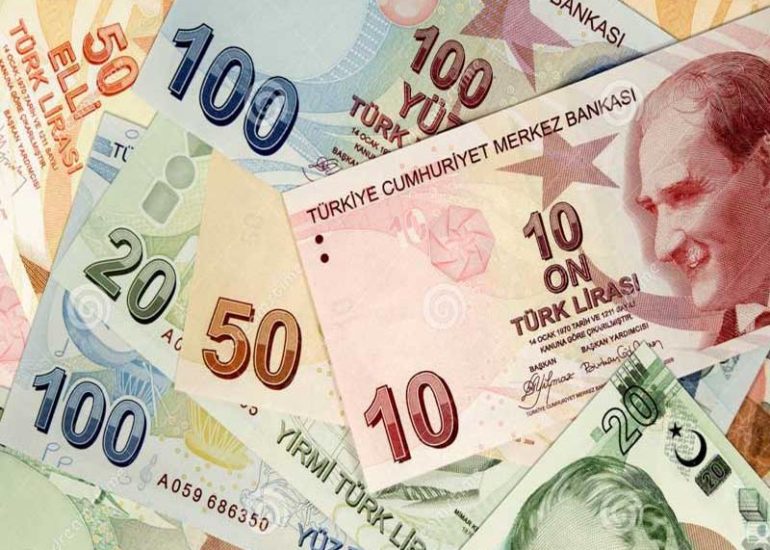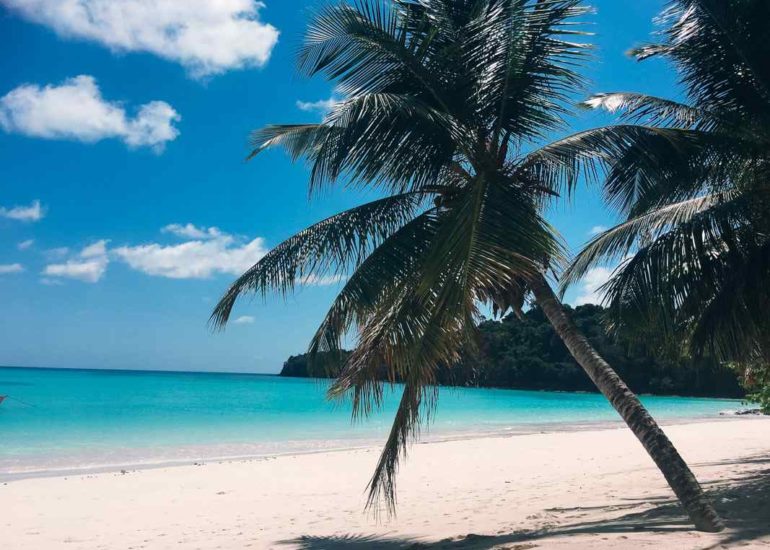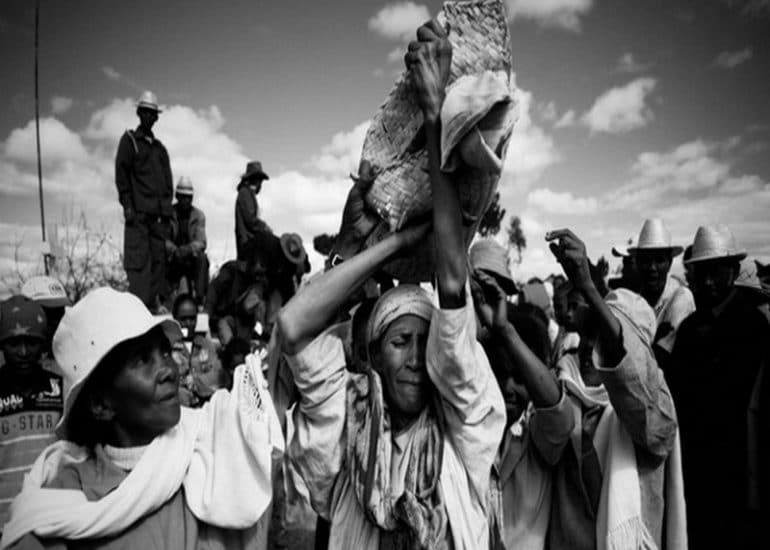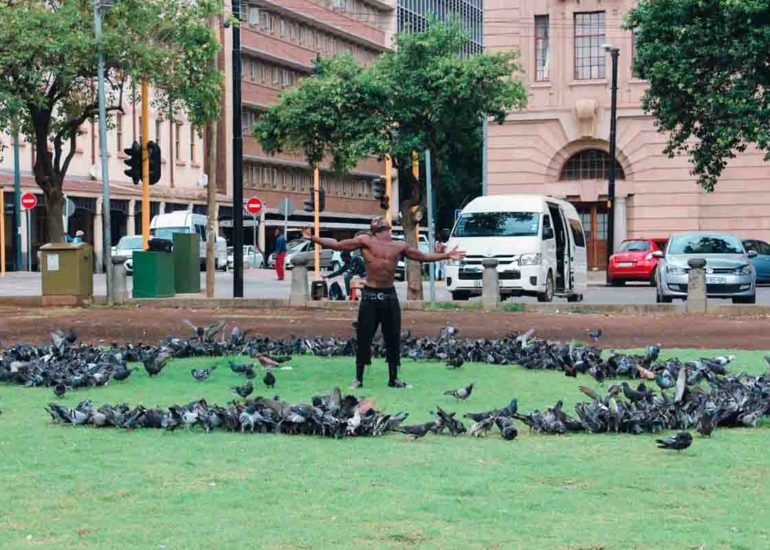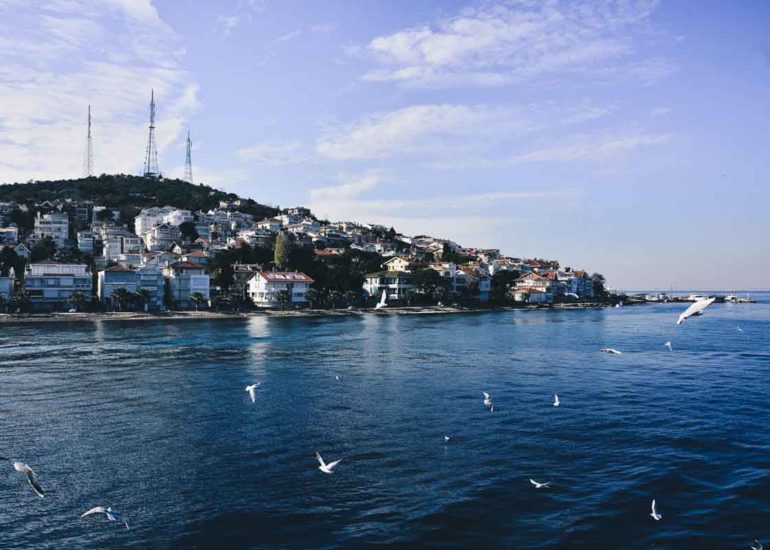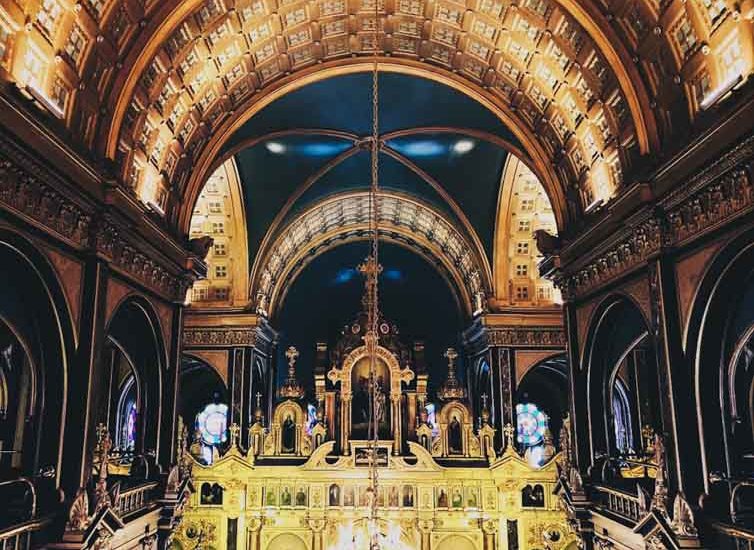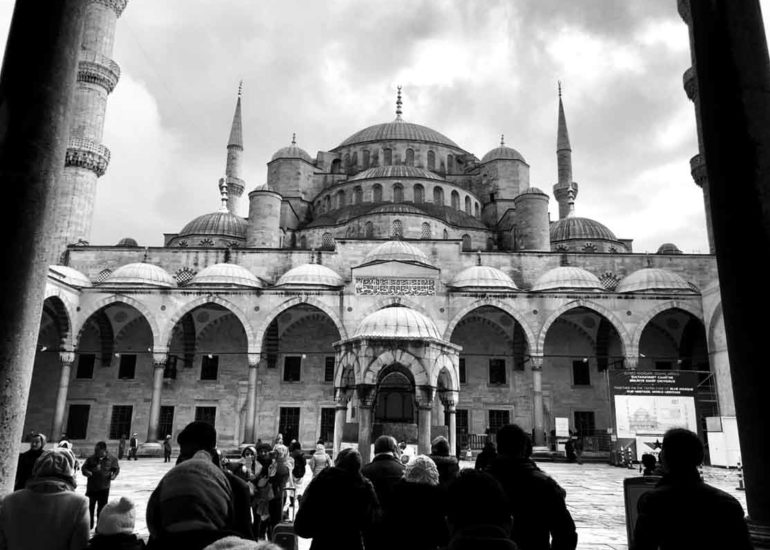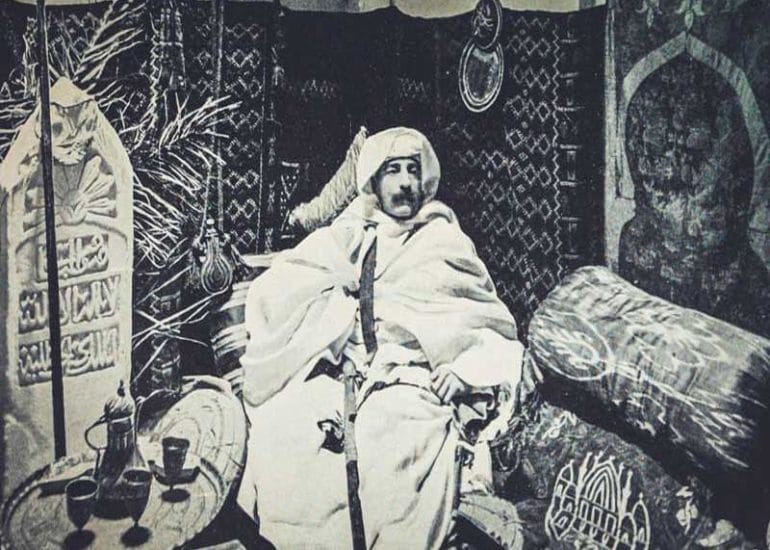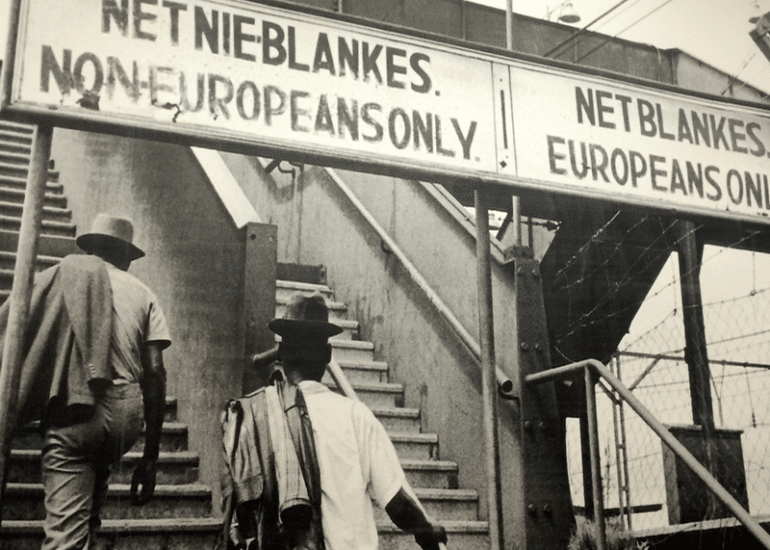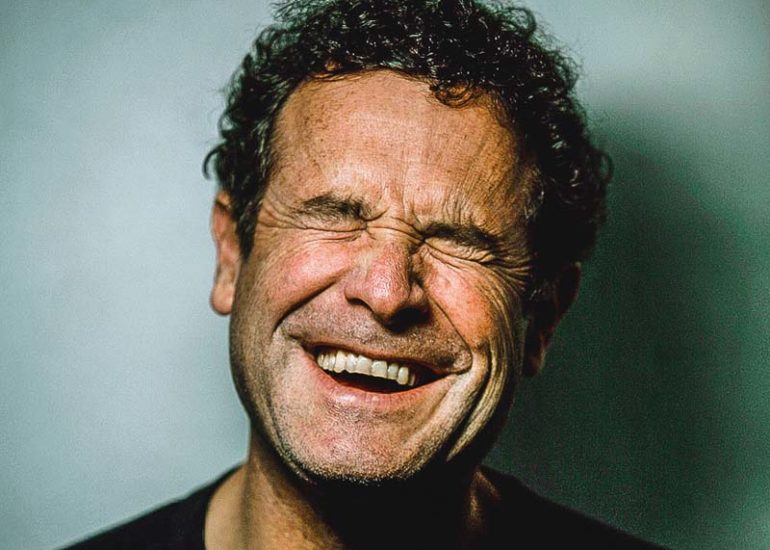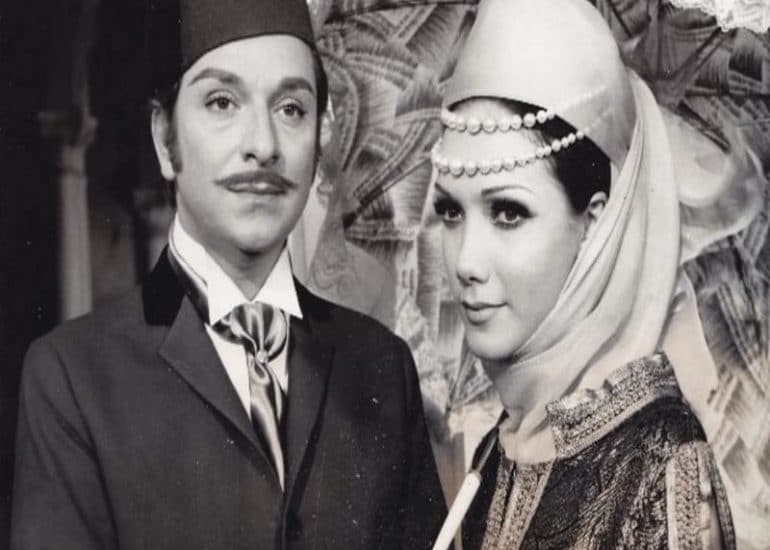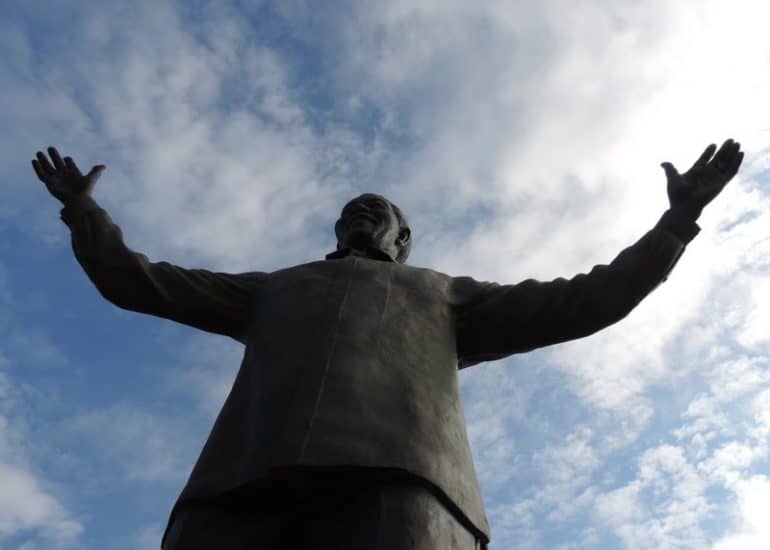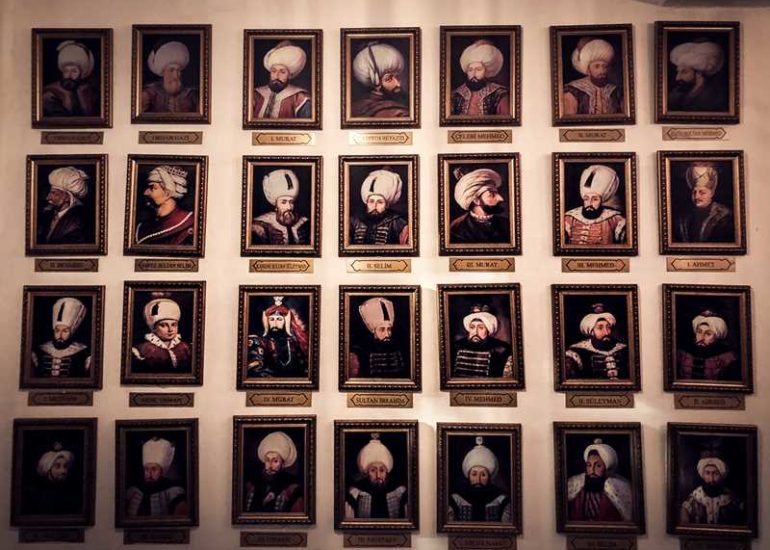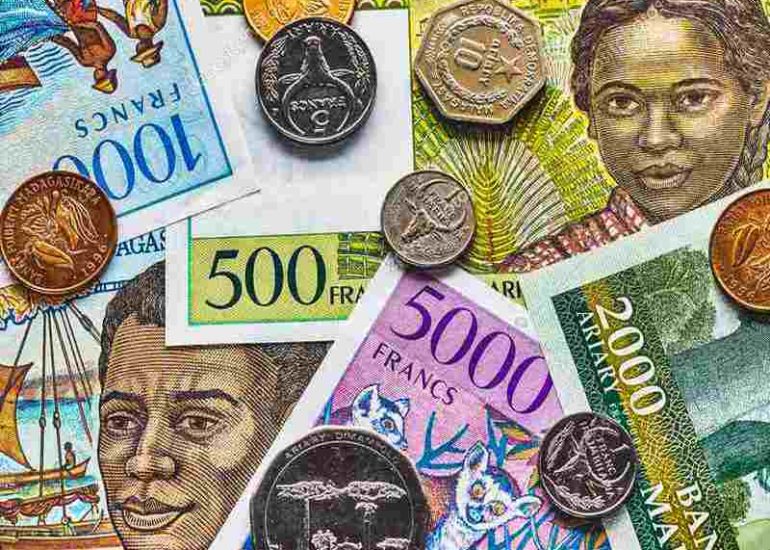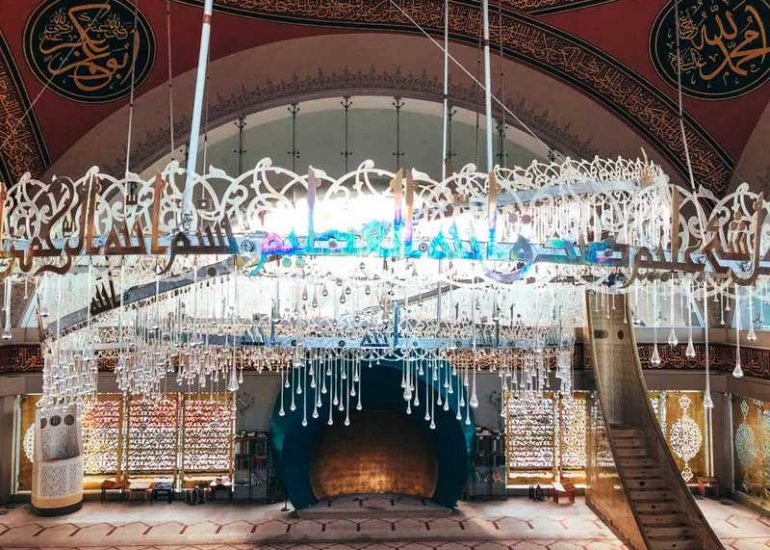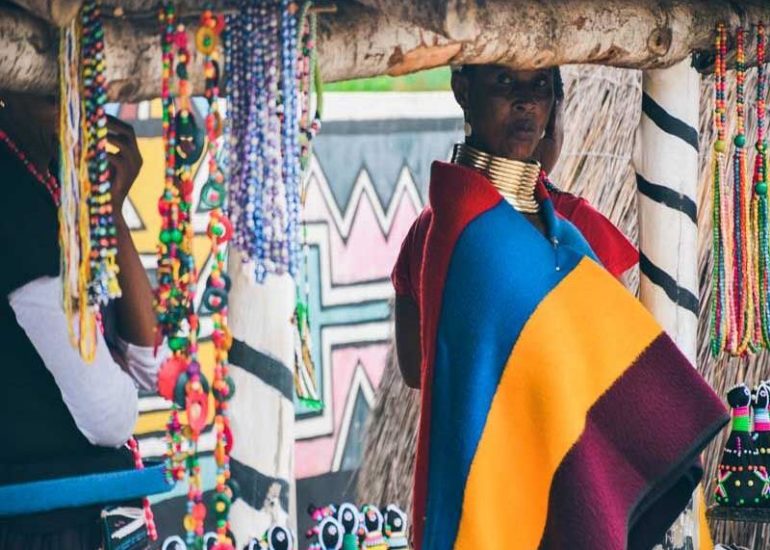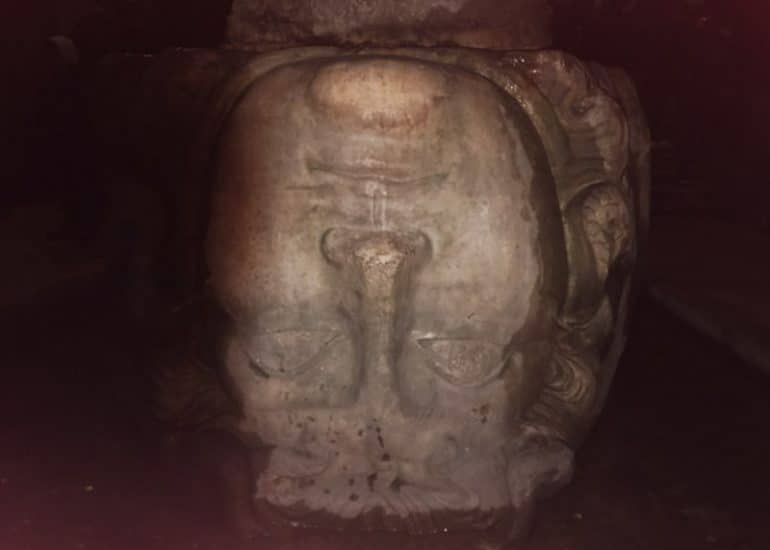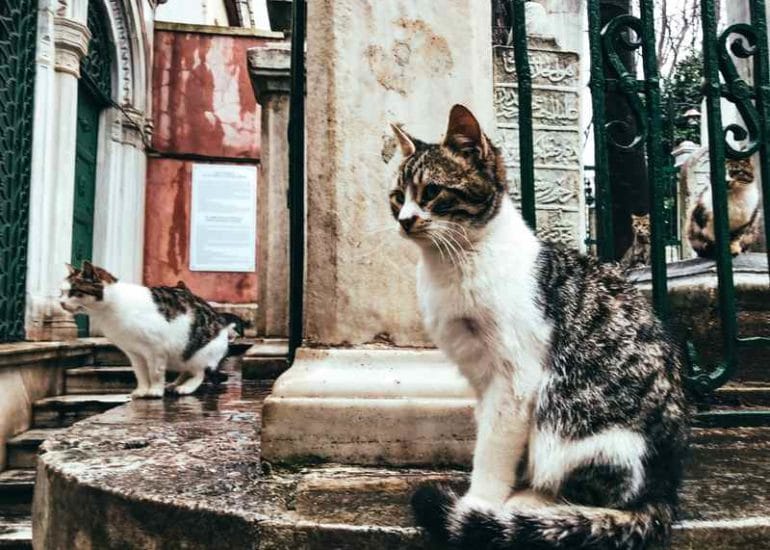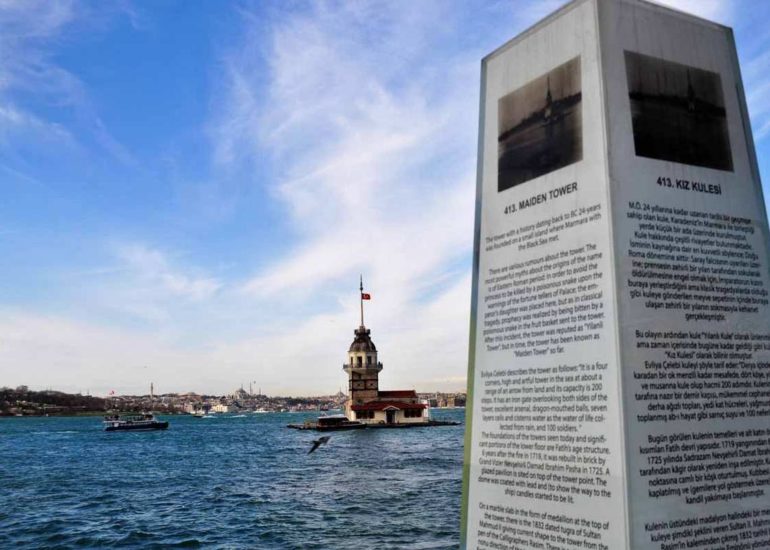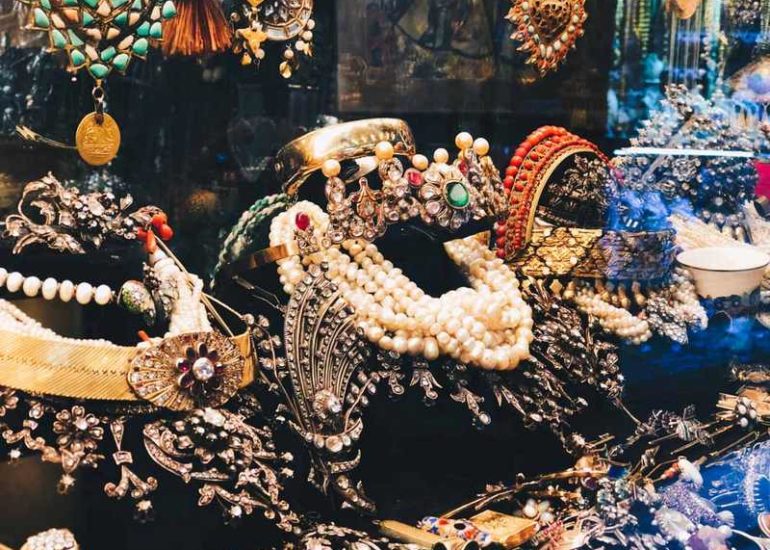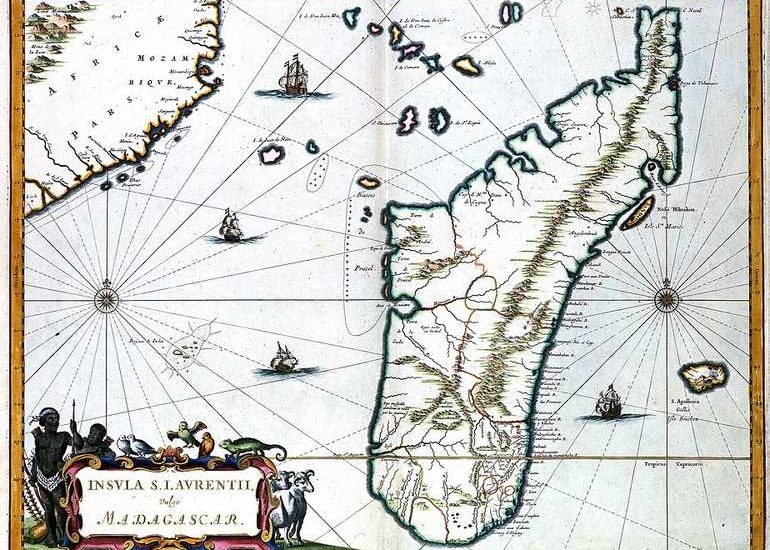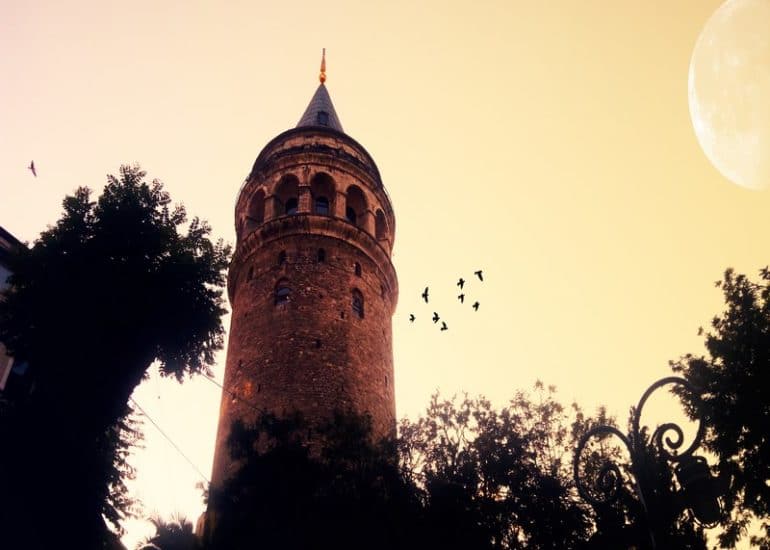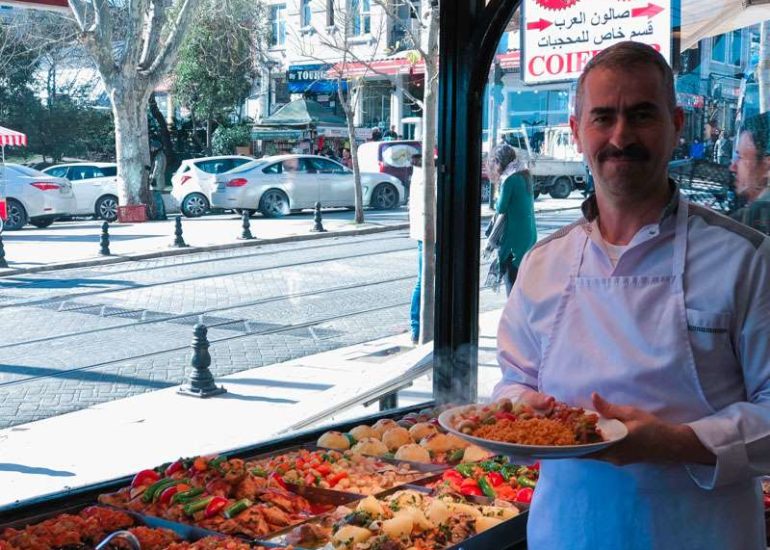Between sober elegance and extreme refinement, roundness and volumes, gold and azure, the mosques of the city are jewels where the splendour of the Ottoman genius meets the poetry of a modern architecture, almost lyrical.

The Süleymaniye Mosque : the reference, modelled on the Magnificent
European Shore, Beyazit district
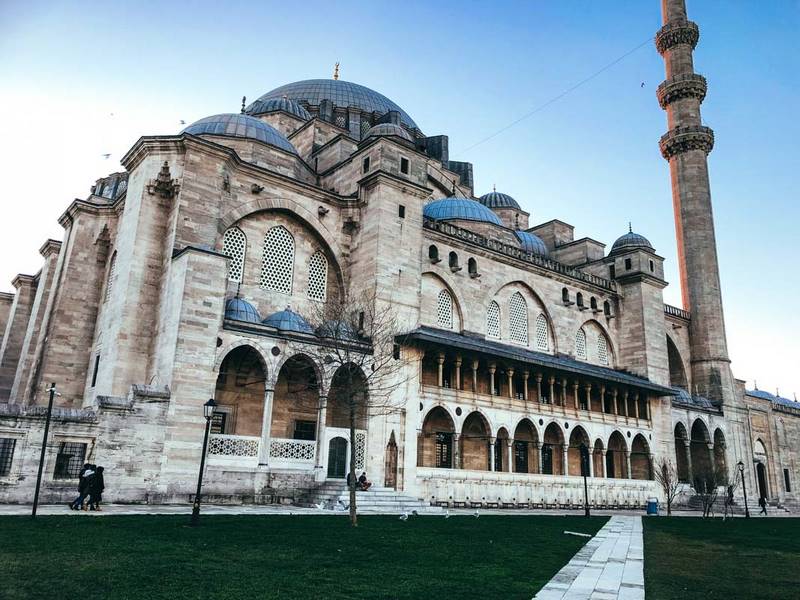
Soliman had to leave his mark with a mosque in the city, which rivaled Saint Sophia.
Armed with his brilliant architect, Mimar Sinan, he built a mosque that was sober, elegant, worthy of his charisma and refinement.
It inspired all the future mosques of the city.
While the light penetrates through its 138 windows, the sound echoes in its cascading domes.
The most beautiful of the imperial (" selatin ") mosques in the city. It's a great honour for the muezzins to call to prayer there.
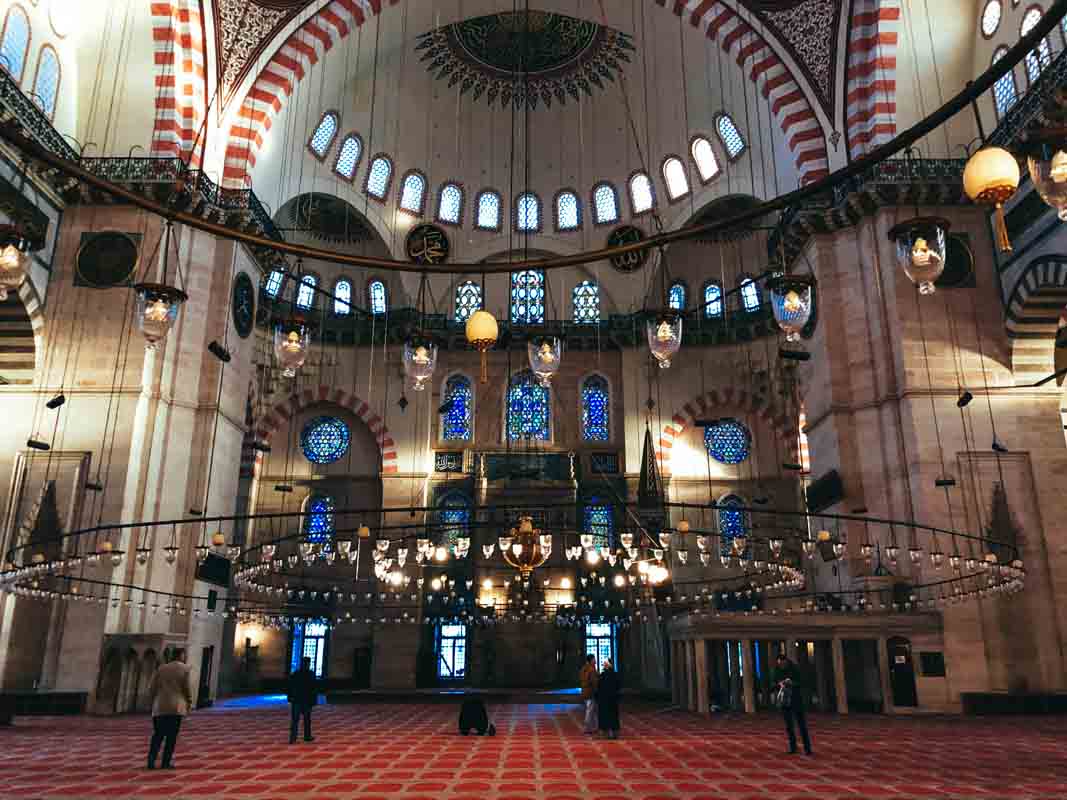
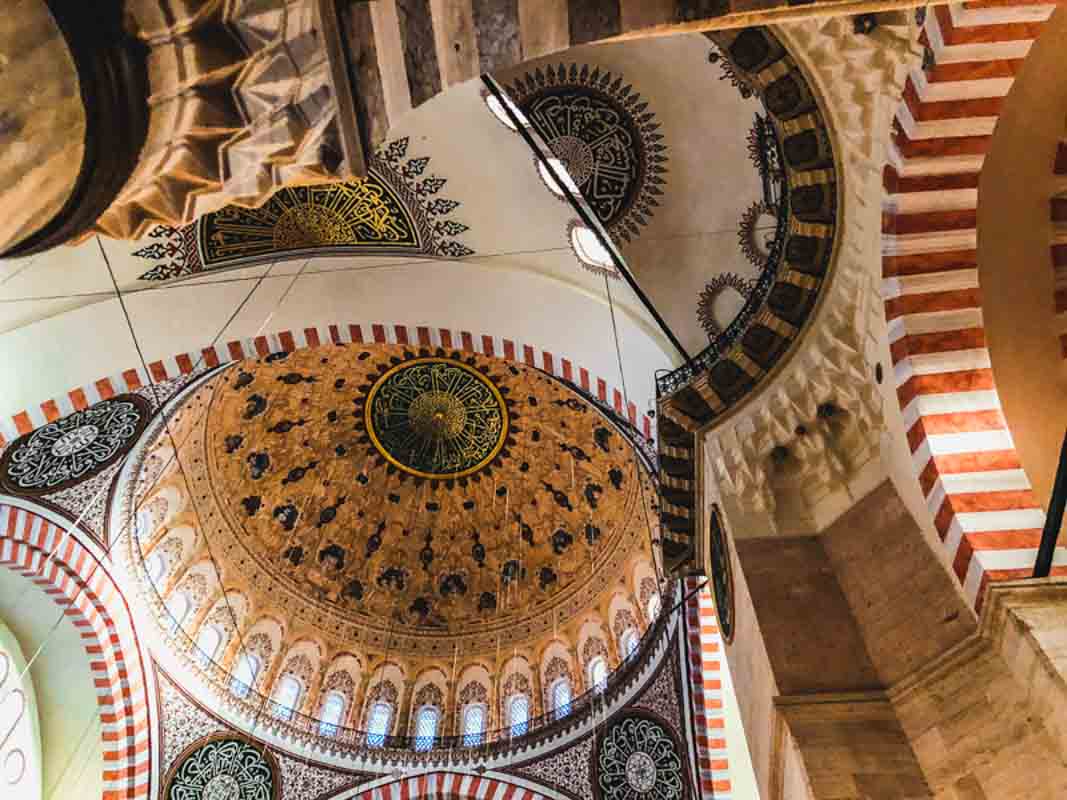
Four minarets, because Soliman was the fourth Ottoman sultan of Istanbul, 10 balconies, because he is the tenth of the dynasty.
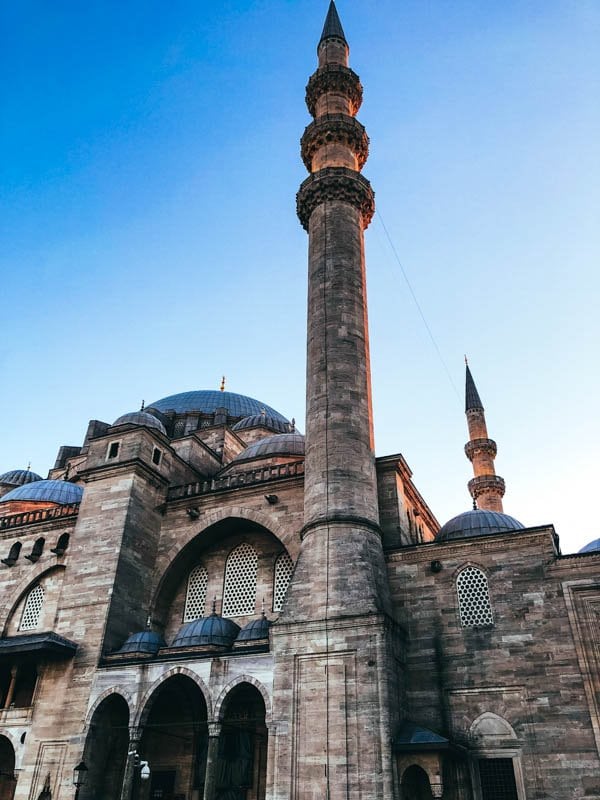
The mausoleums of the sultan, his wife Roxelane (Sultane Hürrem) and Mimar Sinan the architect, closed to the public, are in the garden.
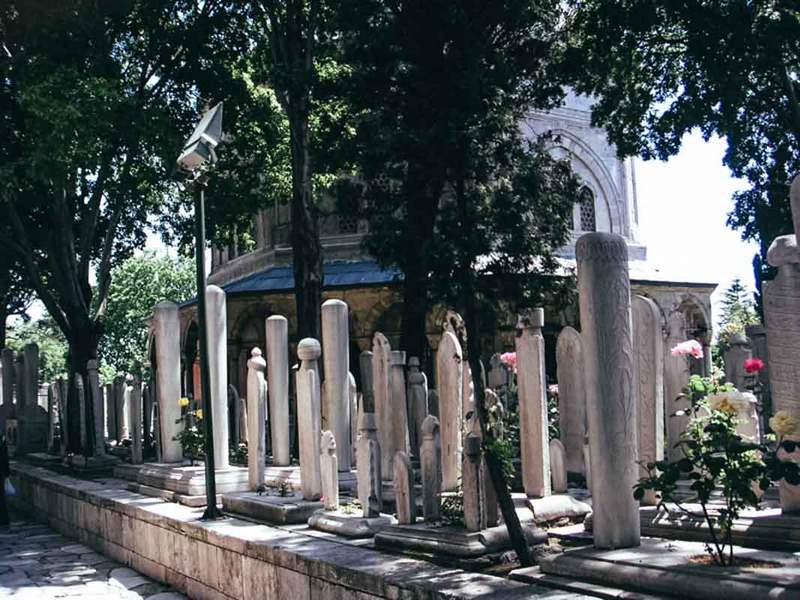
Mimar Sinan lies next to one of his masterpieces.
On his grave is written “ Like the stars, he created many wonders throughout his life ”.
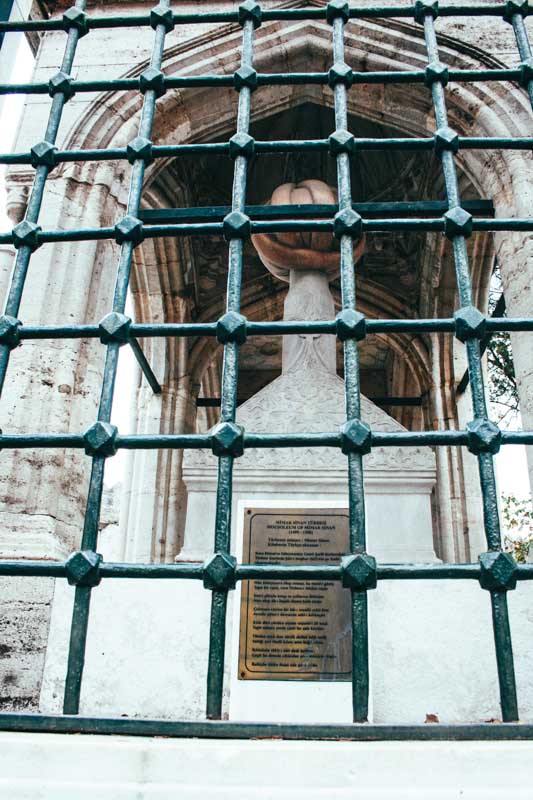
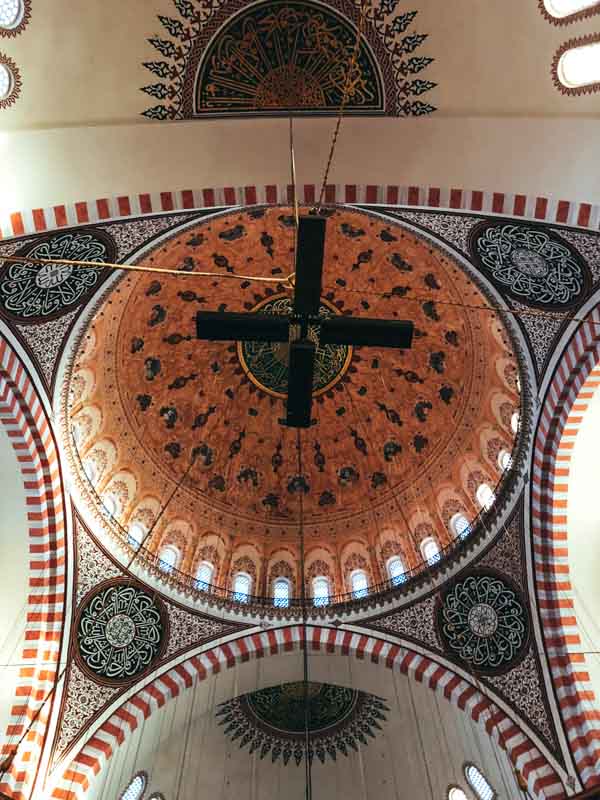
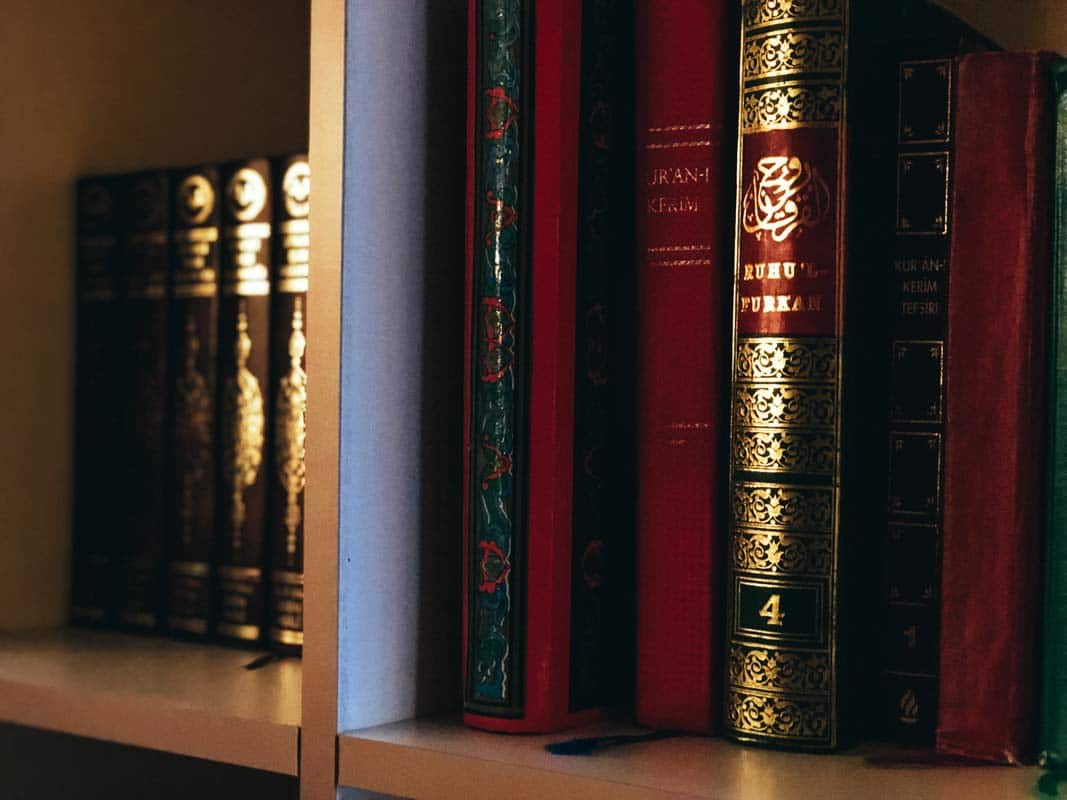
The site offers a superb panorama of the golden horn, especially at sunset.
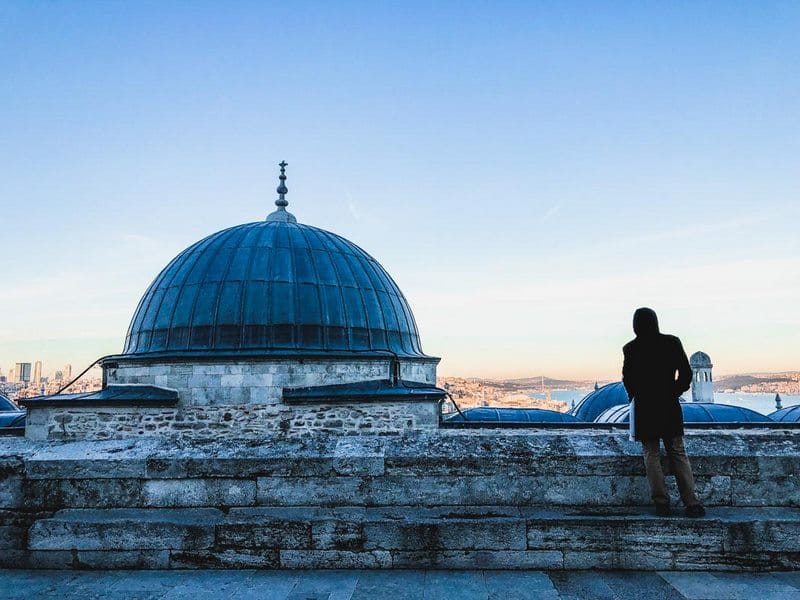
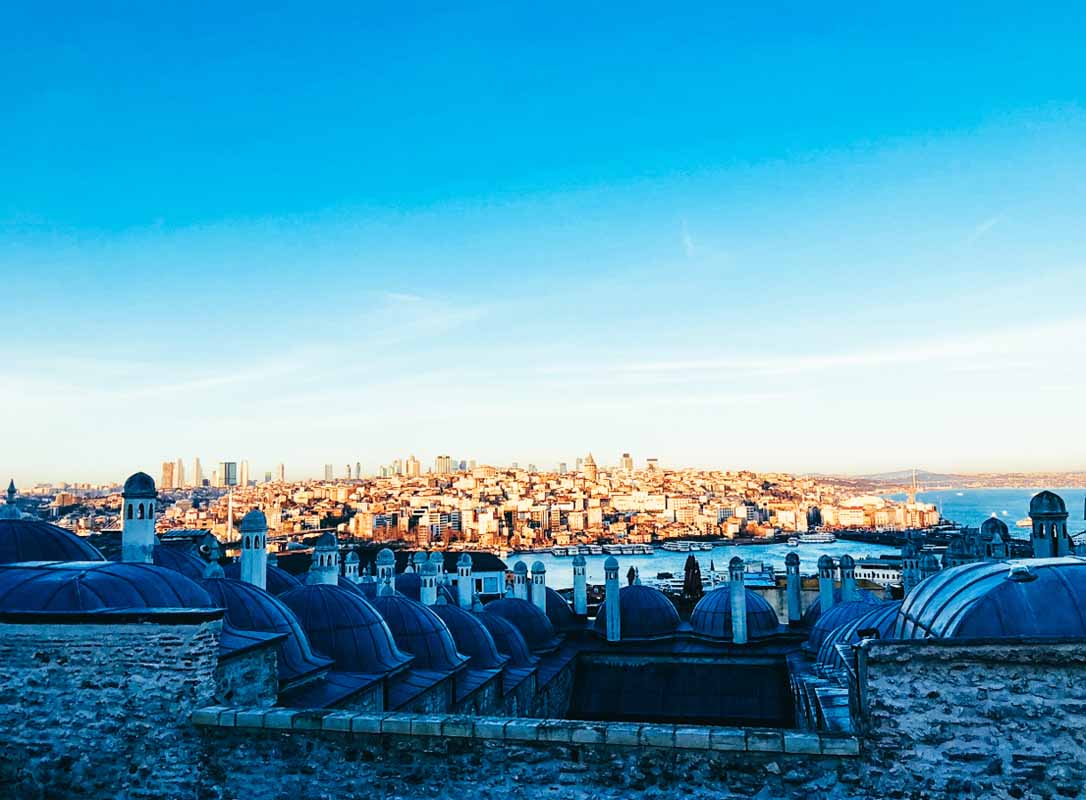
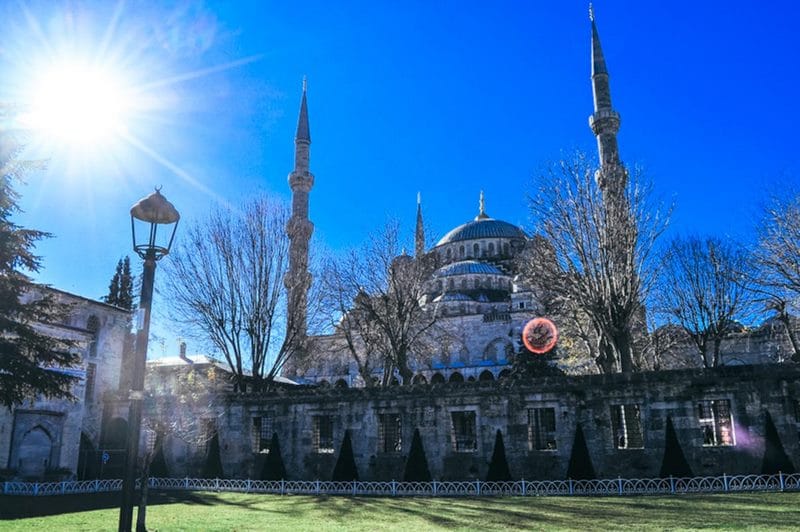
The best time to go. Every day from 9am to 6pm. Be discrete, wear a veil and proper dress (for the ladies) during the hour of prayer.
Budget. Free
#SüleymaniyeCamii
The Blue Mosque, the beautiful Ottoman
European Shore, Sultanahmet district
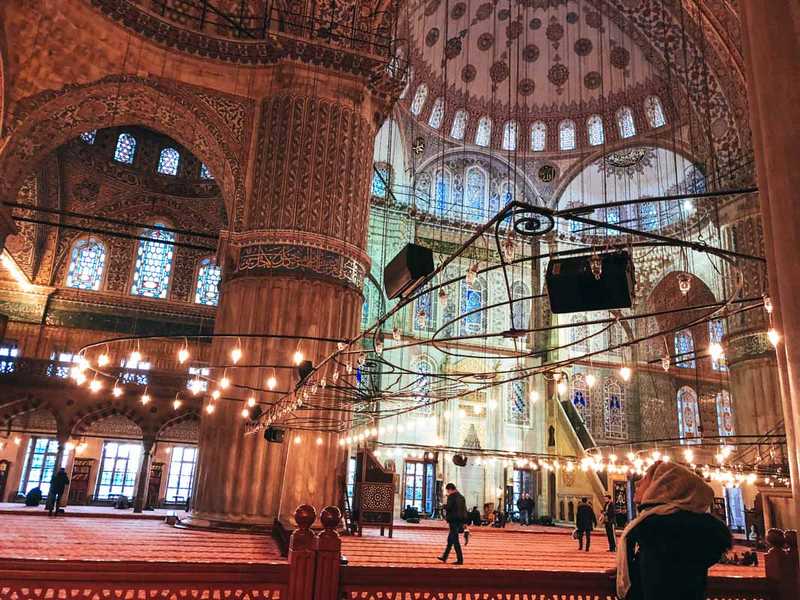
The " Sultanahmet Camii ", of its real name, is an Ottoman architectural splendour, erected in the 17th century by Ahmet Ist, the same one that gave his name to the district so familiar to tourists.
If it's in front of Saint Sophia, it's not a coincidence. Ahmet wanted to demonstrate the ability of the Ottomans to compete with Byzantine architects. He succeeded, but died shortly after the end of its construction. He rested in a mausoleum nearby.
To learn more about Sultan Ahmed and the exciting TV show dedicated to him, here it is.
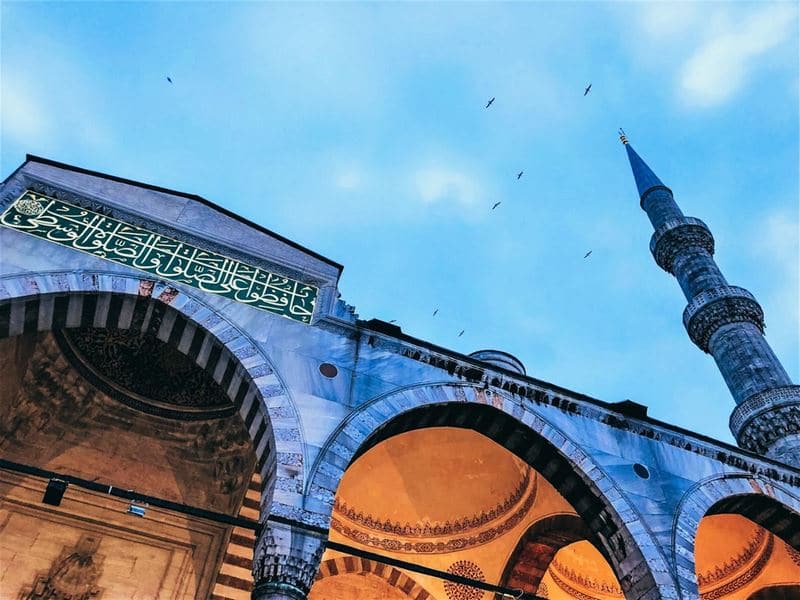
The Blue Mosque is thus called in Europe for the dominant color of its ceramics, but this name won't evoke much to the Turks. If you ask them your way (“ Where is the Blue mosque?! ”), few will understand what you're talking about.
The sapphire blue color of its 20,000 earthenware tiles, inspired by Chinese porcelain, is complemented by vegetal or abstract motifs of sage green and blood red.
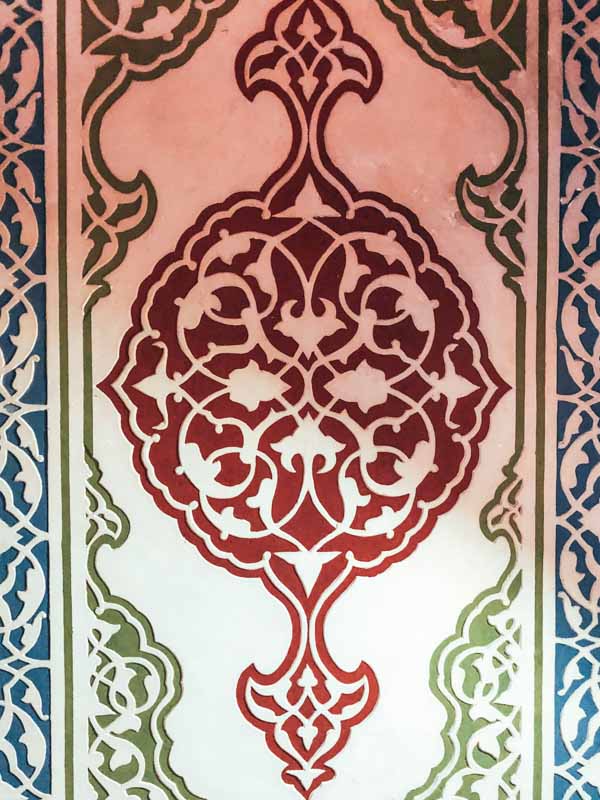
Its classically Ottoman architecture has been used as a model for later mosques.
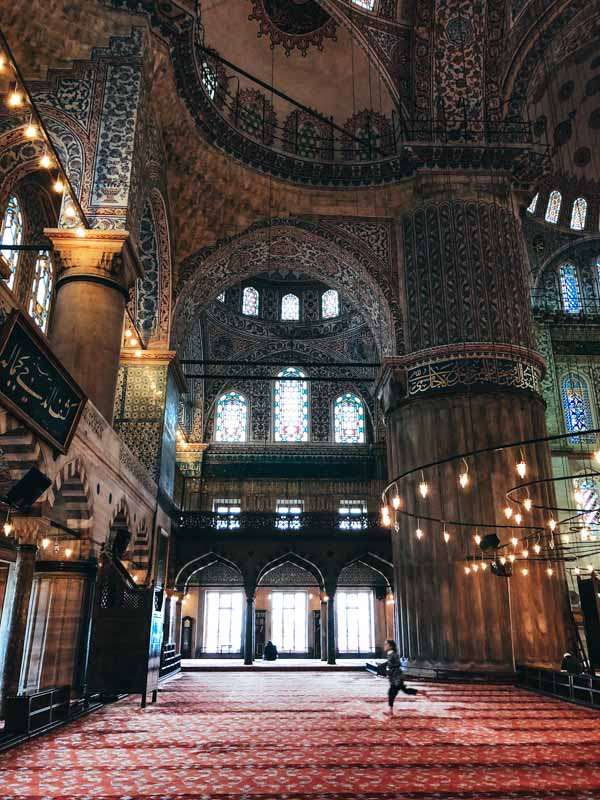
Its domes seem to intertwine with each other, in harmony and roundness. All clarity.
Its apparent simplicity is a true architectural science.
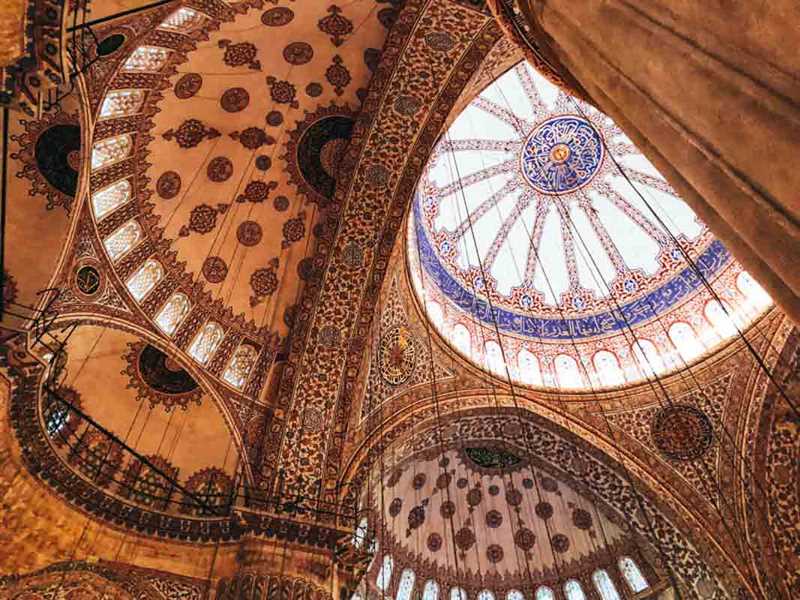
A peaceful place where it is good to rest and rest between visits.
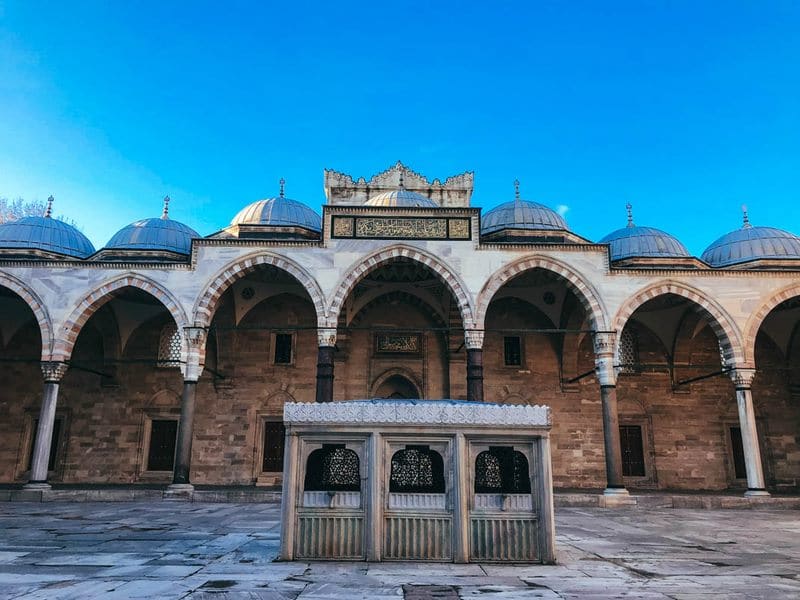
As in all mosques, the central part is reserved for men, even outside prayers.
Everyone must remove their shoes before entering (plastic bags are available at the entrance).
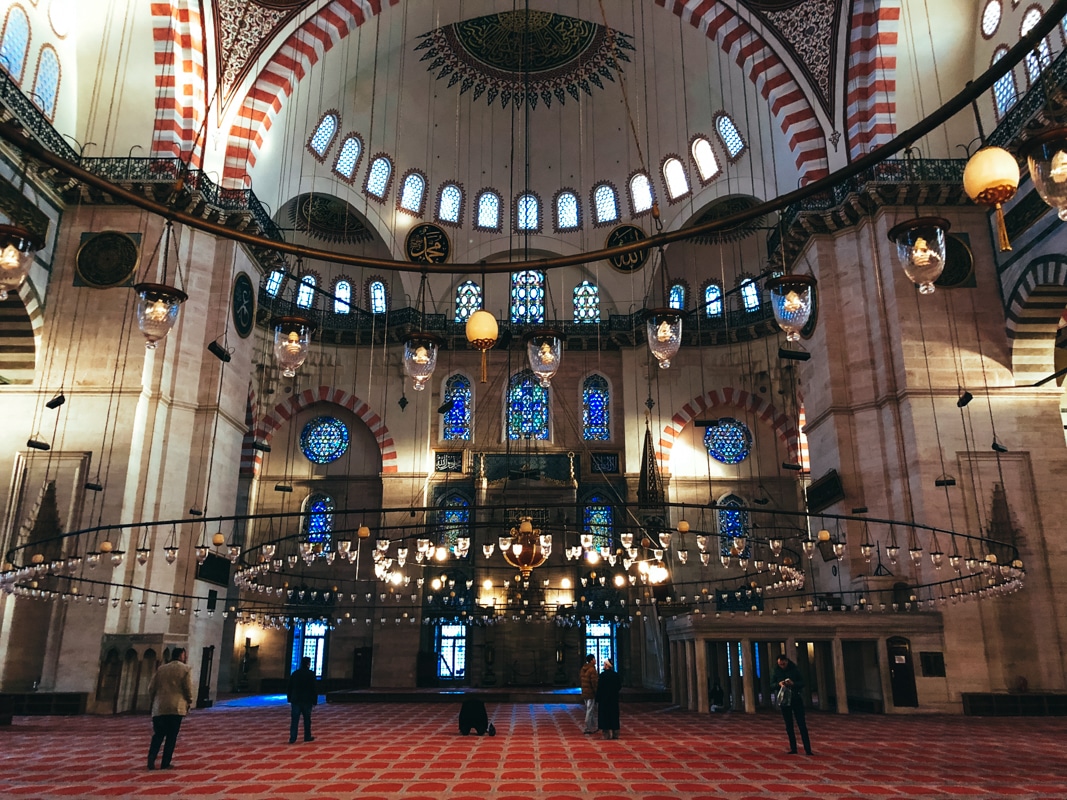
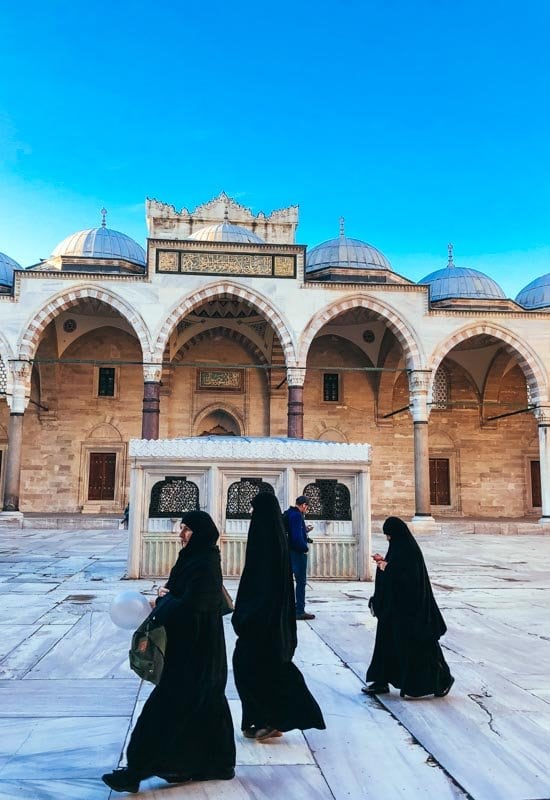
The best time to go. Preferably early in the morning, or late. During the prayers the tourists aren't allowed, but you can easily go back by covering your head (for women), and of course wearing a decent outfit. If you're discret enough to respect people in prayer, no guilt to have : many practising Muslims also take advantage of it to take pictures, while the disciplined tourist waits his turn outside... The west entrance door is the most richly decorated.
Budget. Free. This is a place of worship.

#SultanAhmetCamii
The Şakirin Mosque :
when Ottoman tradition meets modern architecture
Asian Shore, Karacaahmet District
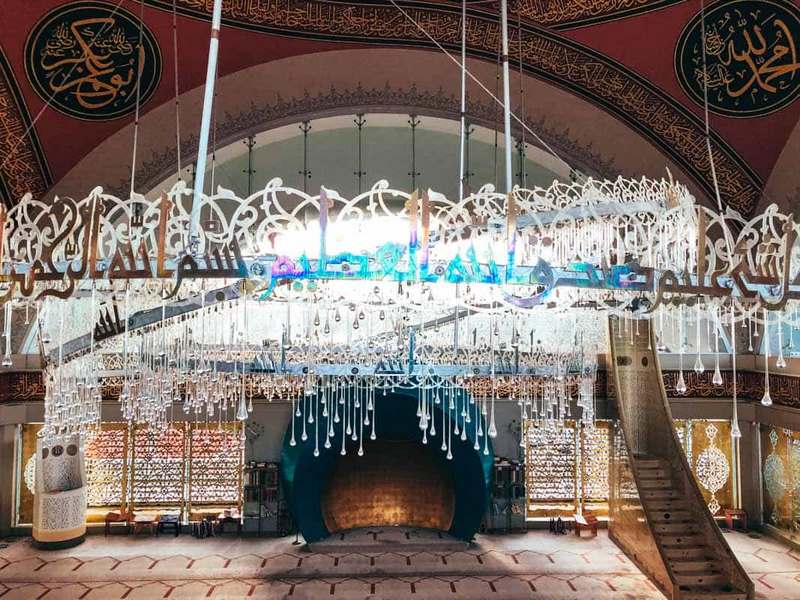
The only mosque whose interior was designed by a woman, the architect and designer Zeynep Fadillioglu.
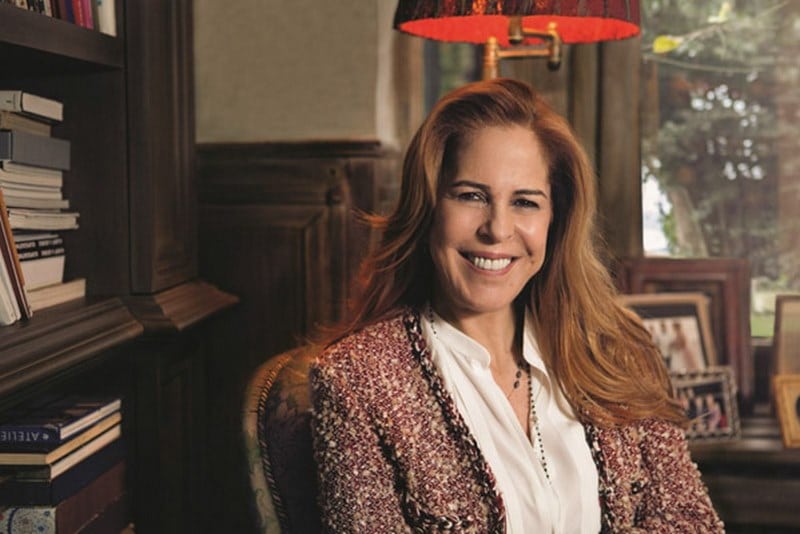
Actually, we can feel a feminine sensitivity in the droplets of glass of the chandelier, in the fairy tale shades of turquoise, gold and orange rose, in the shellfish-shaped roundness of the Mirhab, or in the brightness of the balcony, reserved for women.
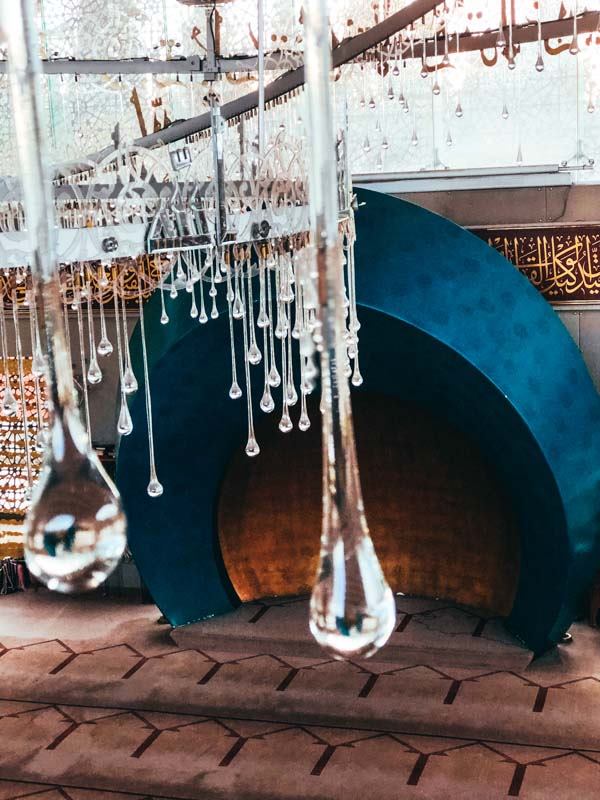
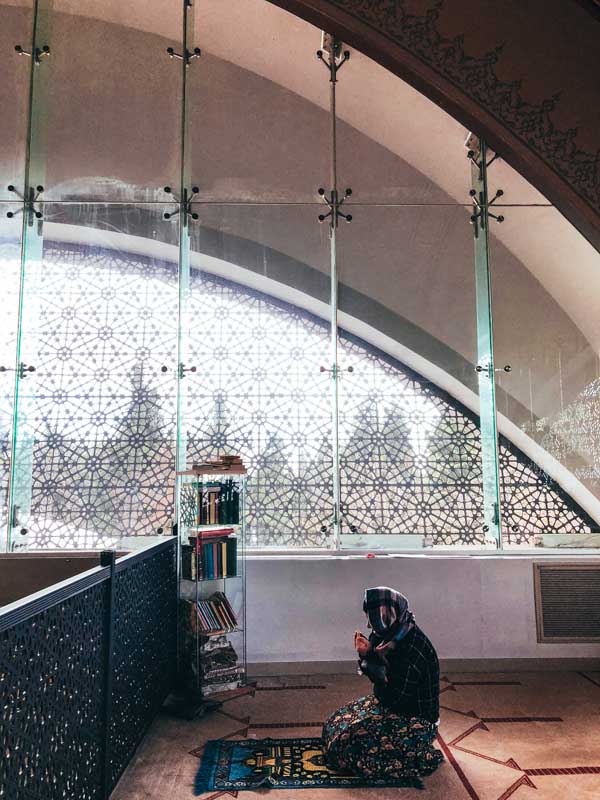
Starry mashrabiyya and water droplets, referring to a prayer that the light of Allah should fall like rain.
If we can still feel the ancient Christian fervor in the imposing enclosure of Saint Sophia, Saqirin immerses the visitor in Muslim spirituality. Silence prevails, eyes wide open on every detail of this place of recollection, which I envy them.
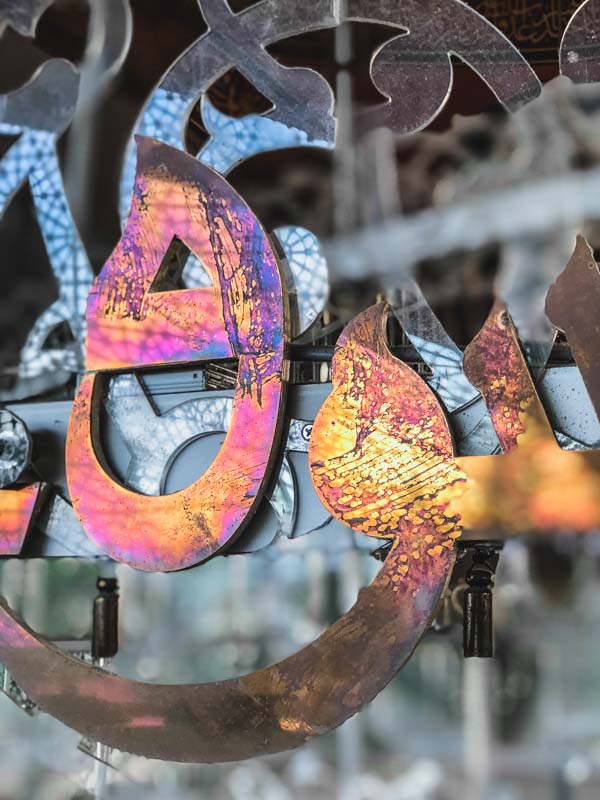


The section reserved for women is less isolated than in most Turkish mosques.
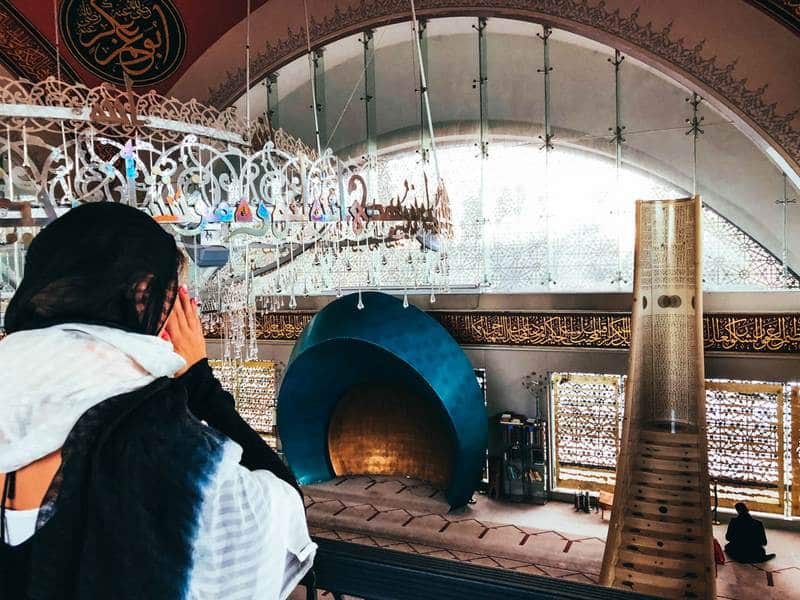
The central fountain in which the minarets are reflected, and the spiral chandelier from which drop glass. Pure poetry.
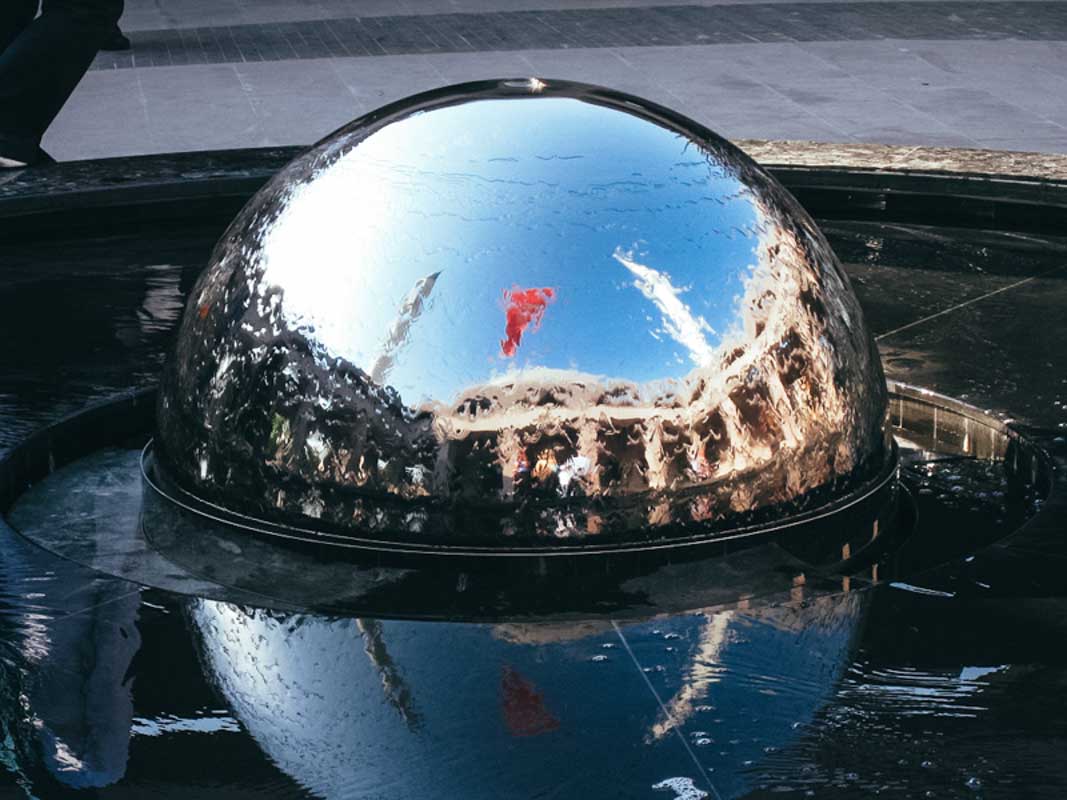
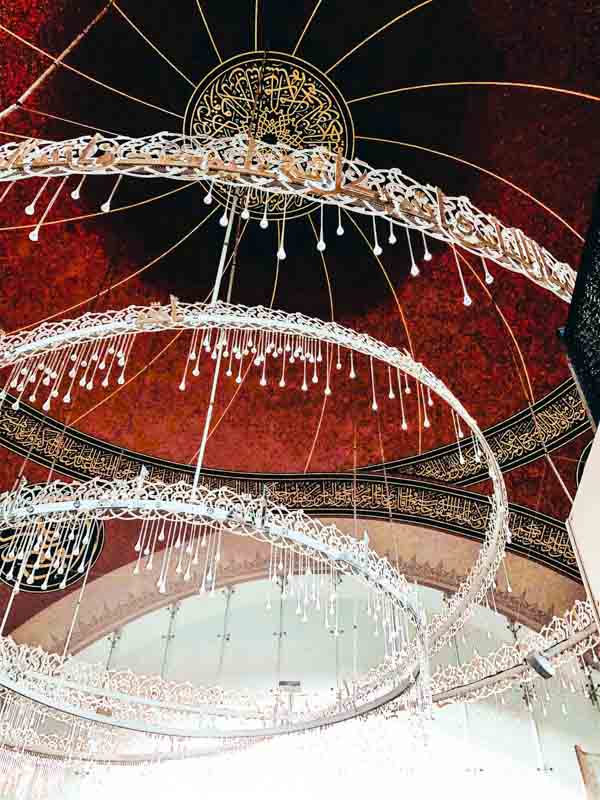
The best time to go. Located on the Asian shore, the Saqirin Mosque is not a very touristic place. Quiet is even more important outside of prayer hours.
Budget. Free entrance as in all mosques. To get there from the European shore, it will cost you the crossing by boat : 2€ + a taxi from the pier of Usküdar: 4€ (20 lire)
NB
Known for combining the East and the West in modern elegance, Zeynep Fadillioglu also designed the Nisantasi Beymen brewery, not far from the Dolmabahce palace.

#sakirincamii
Rustem Pacha mosque
European shore, Eminönü district
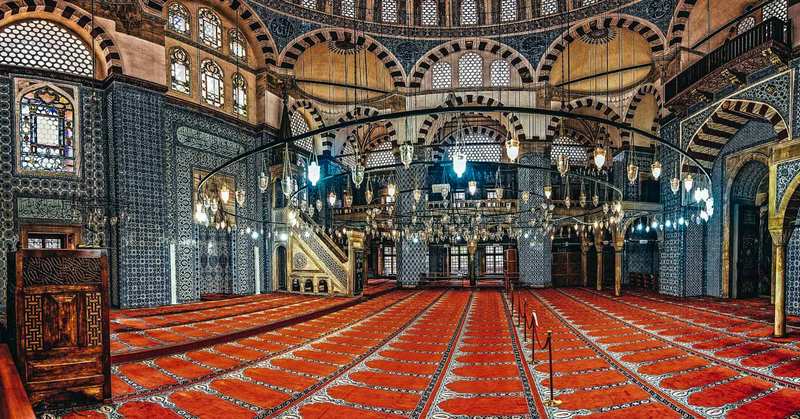
Another great work of the architect Sinan, commissioned by Soliman for his vizier and son-in-law Rustem Pasha.
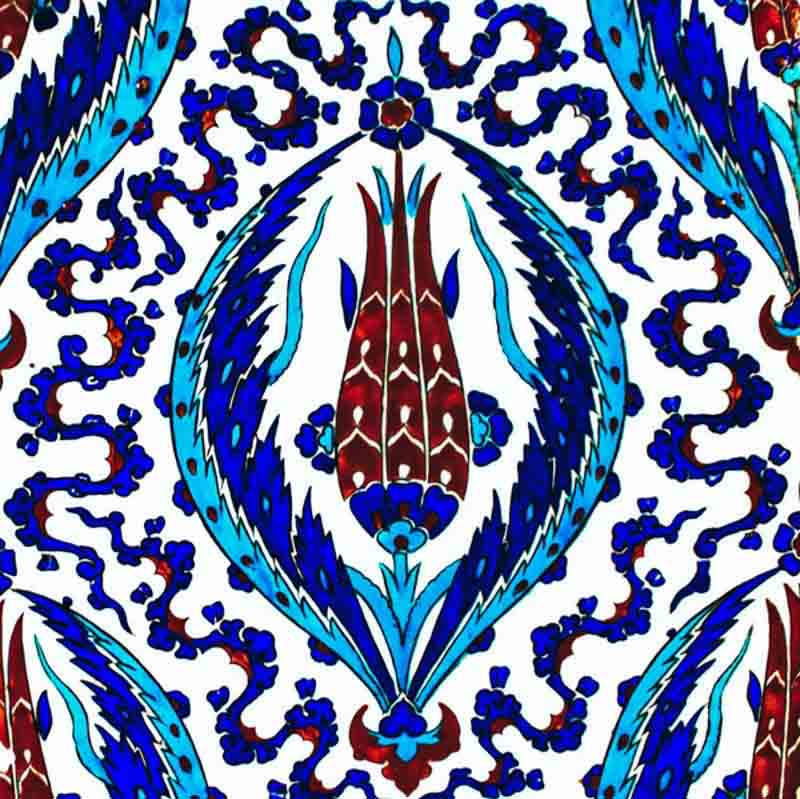
Smaller than the Suleymaniye (a "Grand Vizier" isn't a sultan), it's worth visiting for the blue and red ceramics of Iznir.
The entrance is rather difficult to find because not very well indicated (I passed before 2 times before finding it, too) and unfortunately for me the mosque was under construction.
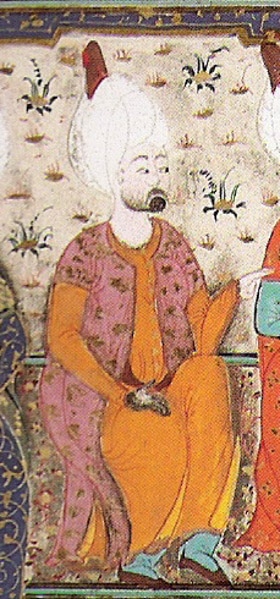
Rüstem Pasha, whose real name was Damat Opukovich, was of Dalmatian origin (today located in Croatia).
It's the perfect example of the high positions that could reach the children recruited by the devchirmé (Christian children torn from their family by the empire). His rank, Grand Vizier, was the highest as the sultan’s right-hand man. Rustem was therefore in the good graces of the imperial couple, and especially of the intriguing and powerful sultane Roxelane, since Soliman made him marry his favorite daughter Mihrimah (she was 17, he was 39) and granted him the post of Grand Vizier twice.
A powerful man, very rich, who also had to be very intelligent to succeed in getting there… It's well worth a mosque in his honor !

Rustem Pasha, represented in the Turkish TV show Muhteşem Yüzyıl.
The truth is quite different; he wasn't known for his beauty...

